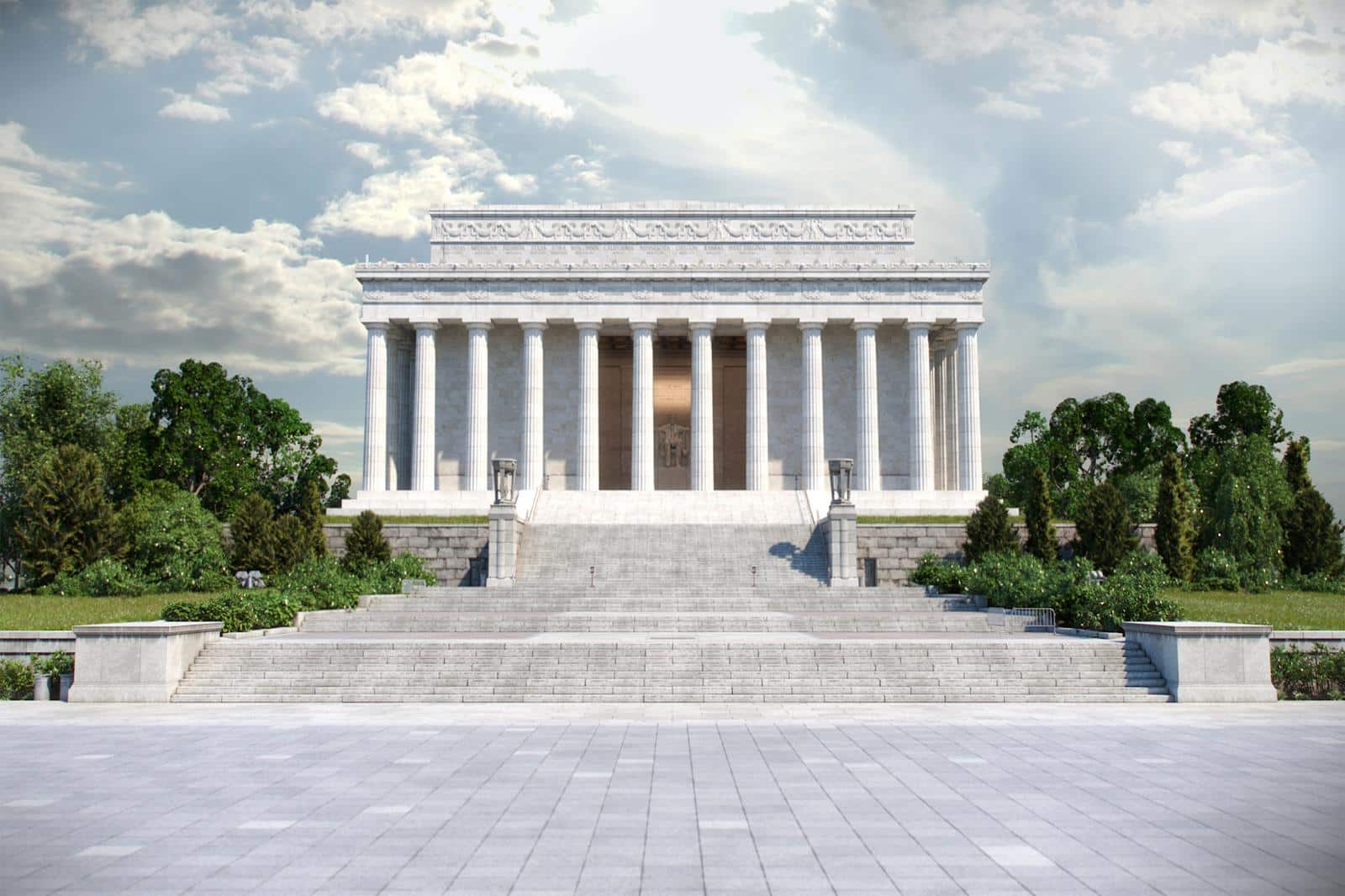Policy Diffusion among the U.S. States (May 2024)
The states are policy innovators, developing new solutions to many of the most pressing issues facing the country.
The Federalism Library is an online multimedia collection of articles, books, and podcasts exploring contemporary and classic questions related to federalism. It includes material created by the Center for the Study of Federalism, as well as carefully curated information from prominent writers on federalism.

The states are policy innovators, developing new solutions to many of the most pressing issues facing the country.
Paul E. Peterson explores how states can affect immigration and other policies related to the nation's borders. Read more here.
Travis L. Letellier evaluates "state recalcitrance," or opposition to federal encroachment on state sovereignty, by considering "common strategies employed by political actors across the…
A group of scholars analyze how multinational enterprises are affected by federal political systems. Read more here.
Nicholas Aroney offers a new perspective in the comparative study of courts in federal systems. Read more here.
Andrew T. Young traces the development of the "de facto" Commerce Clause "from a political economy perspective, using the market-preserving federalism model as a…
Skot Sheller explores Argentine president Javier Milei's strong support for competitive federalism. Read more here.
Alan Ehrenhalt explores some of the state-local challenges that exist when left-leaning cities are in right-leaning states. Read more here.
Syria has again rejected Kurdish demands for a decentralized government, with one government source stating that Syria "categorically rejects any form of division or federalization."…
Alan Greenblatt writes that many red states are imitating policies initiated by the Trump administration. According to Greenblatt, "we’re seeing more of a top-down form…
Ray Nothstine explores how the American colonists' struggle for independence "helped lay the foundation for American federalism." Read more here.
Kamaile A.N. Turčan writes that a trio of recent U.S. Supreme Court cases relating to environmental law, when considered together, diminish the federal preemption power.…
Jason E. Thompson contends that federalism is the key to restoring public trust in the United States. Read more here.
Anna Claire Vollers reports on steps that some states are taking to shield hospitals from the federal funding cuts in the recently passed tax and…
1 to 14
|
4040 Results
The Center for the Study of Federalism (CSF) is a nonpartisan, interdisciplinary research and education institution dedicated to supporting and advancing scholarship and public understanding of federal theories, principles, institutions, and processes as practical means of organizing power in free societies.
All of the CSF Fellows hold advanced degrees, are affiliated with academic institutions, and are scholarly experts in their fields. For more on each Fellow see CSF Fellows.
Most political and public issues in the United States are influenced to some extent by its federal system. Yet many do not understand that system. The CSF website seeks to foster a better understanding among the general public and scholars of federal governing systems generally and, specifically, of the federal system of government in the United States of America.
The CSF materials are free to use for educational purposes. If published, please acknowledge CSF as the source. If you intend to use these materials for profit, please, contact the Center for the Study of Federalism for permission. Some materials on the website are not owned by CSF and permission to use those materials should be sought with those holding legal title to the material.
Click here to sign-up to receive notifications about CSF materials and events. We will not share your email with any outside organizations or individuals.
Please direct all questions and comments related to this website, and inquiries about the research and teaching grants and awards, to us here. Remember CSF is a nonpartisan, interdisciplinary research and education institution.
Federalism is American government’s best kept secret. Its influence is pervasive and profound. Though not mentioned in the Constitution, federalism’s meaning and application have been at the center of disputes from 1776 to the Civil War to our current culture wars. We are scholars who focus on federalism, and through this podcast, we explore how federalism, from practice to theory, shapes our politics, policies, culture, society, and daily life.
Federalism’s influence on American government, culture and society is pervasive and profound, yet often unexplored. This short podcast examines single, practical topics to show how federalism’s influence is real and relevant in average citizens’ daily lives.